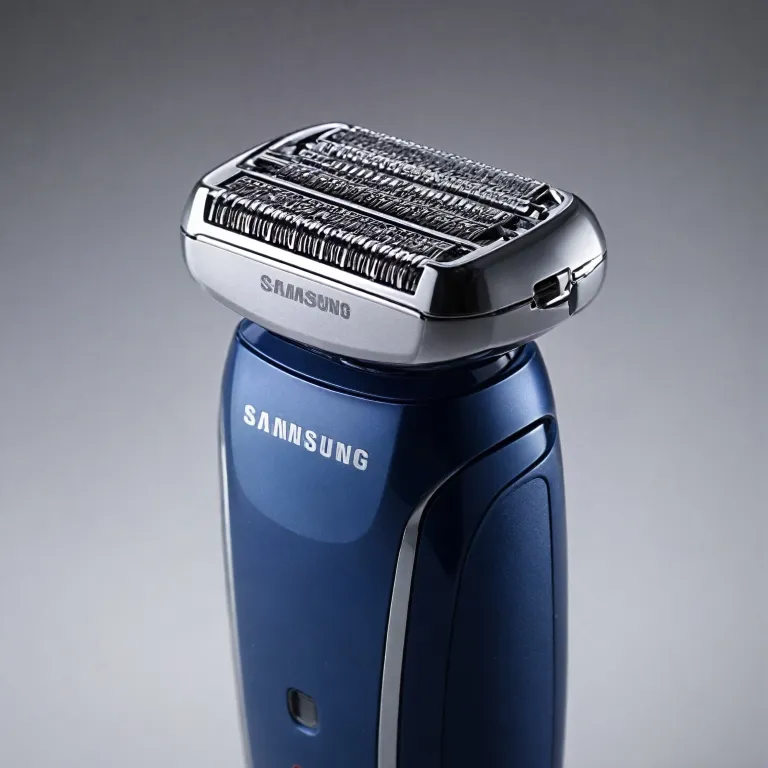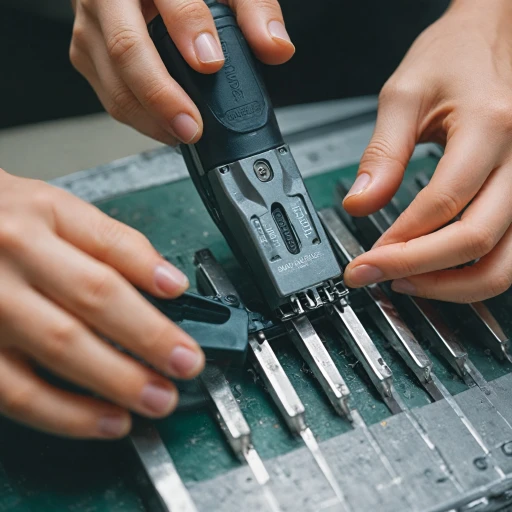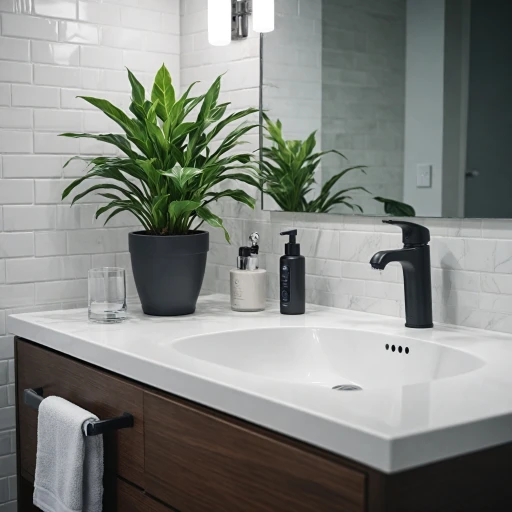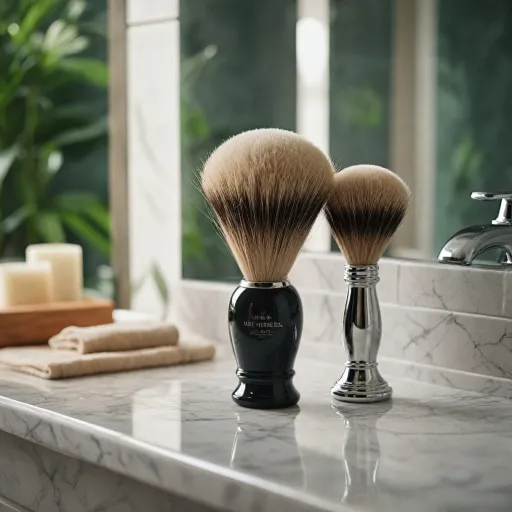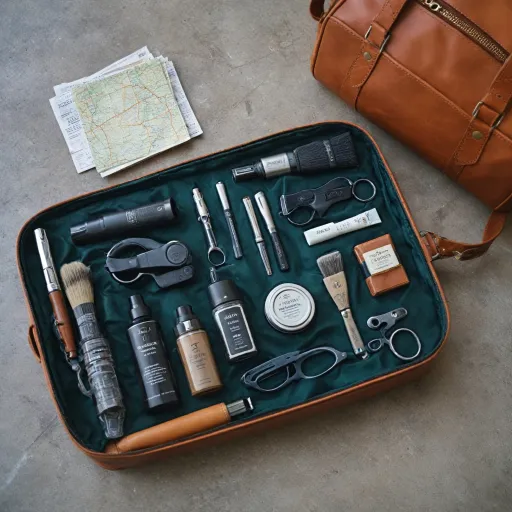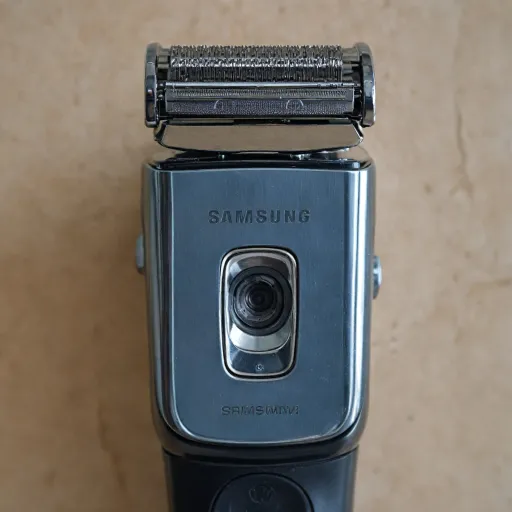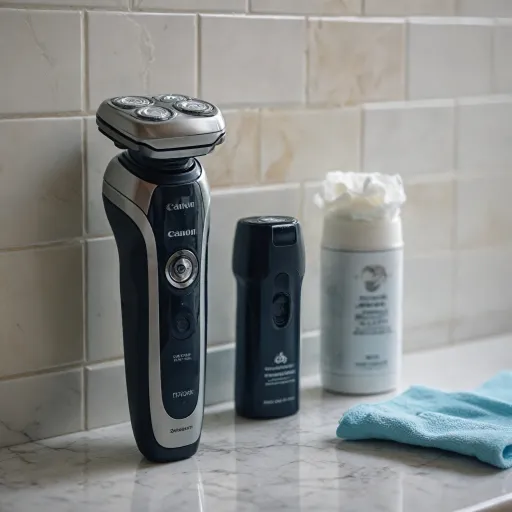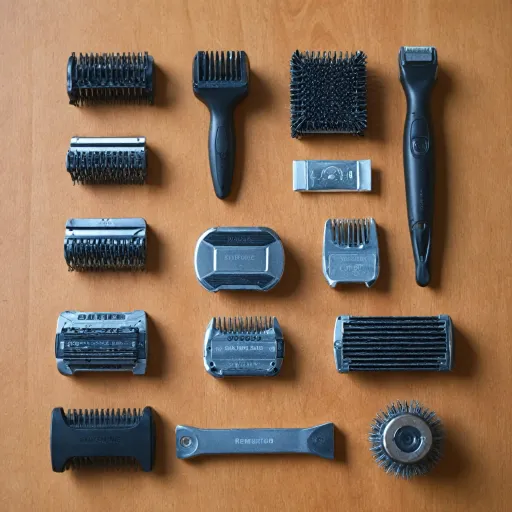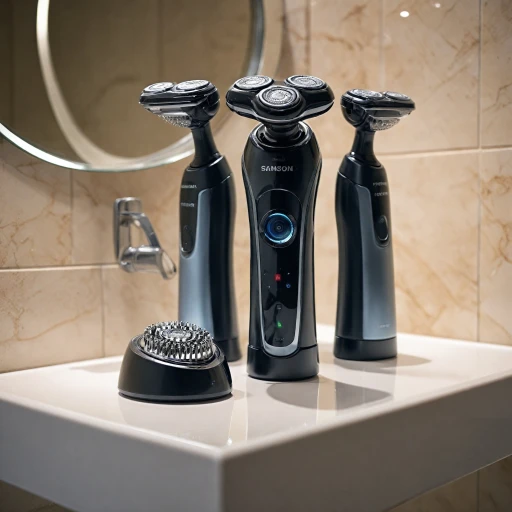
The Evolution of Shaving Technology
Tracing the Journey of Shaving Innovations
The world of shaving has continually evolved, adapting to the demands of modern grooming. In recent times, the focus has shifted towards enhancing comfort, efficiency, and skin safety, leading to the emergence of electric shavers as a preferred choice for many.
Historically, traditional razors with metal blades dominated the shaving market. Stainless steel blades, known for their durability, have been a staple. However, the quest for improved quality and cutting-edge technology has given rise to ceramic razor blades in electric shavers.
Ceramic blades, crafted from zirconia ceramic, offer a unique advantage due to their remarkable strength, precision, and thinness, providing a smoother and closer shave. In contrast, metal blades, while tried and tested, may experience issues with edge sharpness over time.
This shift towards ceramic involves a delicate balance of maintaining blade width and thickness while ensuring exceptional cutting performance. Advances in ceramic manufacturing have allowed for the creation of blades that remain sharp longer, reducing the need for frequent replacements and enhancing overall user satisfaction.
For those looking to compare products, understanding the dimensions and qualities of these blades is crucial. Whether it’s the single edge or the double-edged variety, ceramic blades cater to diverse shaving preferences and sensitivities.
What Makes Ceramic Razor Blades Unique?
Understanding the Uniqueness of Ceramic Razor Blades
The emergence of ceramic razor blades in electric shavers represents a notable advancement in shaving technology. Unlike traditional metal blades, ceramic blades offer distinct properties that make them stand out in their application.
Crafted predominantly from zirconia ceramic, these blades maintain a higher degree of hardness compared to their stainless steel counterparts. This inherent hardness contributes to their ability to stay sharp for an extended period, reducing the need to frequently replace or sharpen the blade. This characteristic can significantly enhance shaving quality, ensuring a consistent and efficient shave.
Ceramic blades are also known for their exceptional resistance to corrosion and rust, which can plague metal blades over time. This advantage increases their safety and longevity, avoid the issues linked with constant water exposure. With a smoother cutting edge, ceramic razor blades provide a less abrasive shaving experience, minimizing the chances of irritation for sensitive skin.
Additionally, these blades are often lighter and exhibit less thickness compared to their metal counterparts, enhancing user comfort and control. The streamlined dimensions and refined edge allow for more precise shaving, making it easier to navigate areas that require more attention and detail.
Ultimately, choosing a shaver with ceramic blades can be a long-term investment, as these blades do not dull as quickly, maintaining peak performance without needing frequent replacements. For further insights on replacement parts for your shaver, including ceramic options, visit our guide on finding the right replacement parts for your Remington shaver.
Comparing Ceramic and Stainless Steel Blades
Unique Characteristics of Ceramic Blades vs. Stainless Steel
In the realm of electric shavers, the choice between ceramic and stainless steel blades presents a compelling discussion. While both materials have their own merits, understanding their unique characteristics can guide discerning buyers. Ceramic razor blades are crafted from high-quality zirconia ceramic, a material known for its exceptional durability and longevity. Unlike their metal counterparts, ceramic blades maintain their sharpness for extended periods, reducing the need for frequent replacements. This longevity is particularly beneficial for those who wish to avoid the regular expenses associated with blade replacements. Conversely, stainless steel blades are renowned for their robust nature. However, they tend to wear faster than ceramic blades. The thickness and width of the blade material contribute significantly to its performance. Ceramic blades, though often thinner, offer a sharper cutting edge due to their sophisticated production process, resulting in a smooth and efficient shave experience. Another distinguishing factor is the safety and precision of the shave. Ceramic blades are generally considered safer as they produce less friction and heat, minimizing the risk of skin irritation. Their smooth glide across the skin can be likened to knives slicing seamlessly through materials, offering a comfortable shave. For those interested in exploring other shaving alternatives, understanding the various dimensions and impact of blade materials can be key. For example, while both ceramic and stainless steel blades have their place, the ceramic variant generally provides an edge razor feel without the necessity of using shaving creams or gels. You can delve deeper into these alternatives to shaving cream, potentially making your shaving routine more straightforward and cost-effective. Ultimately, whether you choose the sophisticated ceramic or the trusty stainless steel, it's crucial to compare products and ensure you select a blade that aligns with your shaving needs and preferences.Benefits of Using Ceramic Razor Blades
Advantages of Opting for Ceramic Razor Blades
Ceramic razor blades are known for their exceptional cutting precision and durability, primarily because of their unique composition. These blades are crafted from zirconia ceramic, a material renowned for its hardness and ability to maintain a sharp edge much longer than typical steel blades. This means that your razor blades will stay sharp, ensuring a close and effective shave over a longer period of time.
Another advantage is the thickness and cutting capability of ceramic blades. With their fine edge, they excel in achieving a smooth shave without exerting extra pressure, which enhances safety. This potential for a safety-enhanced shave is vital, especially for those who have sensitive skin or require precision shaving.
Compared to steel blades, ceramic razor blades are resistant to corrosion and rust. This means they maintain their integrity even when subjected to moist conditions, which is typical for shaving environments. Plus, the reduced likelihood of dulling means you will spend less time replacing and maintaining your blades.
Ceramic blades are often found in shavers designed with reduced friction. This unique characteristic can contribute to longer-lasting blade performance, providing high-quality results while potentially extending the lifespan of the electric shaver itself.
The versatility of ceramic razor blades is another highlight. These blades can be used in a variety of shaving gadgets, from high-end salon products to consumer-grade devices. This flexibility adds value for users who compare products to find the best fit for their shaving needs.
Ultimately, choosing ceramic razor blades in your electric shaver box accompanies a host of benefits from quality to performance, all contributing to a superior shaving experience. The use of ceramic blade technology is a testament to the ongoing evolution in grooming tools, making it a worthwhile consideration for those looking to upgrade their shaving regimen.
Choosing the Right Electric Shaver with Ceramic Blades
Navigating the Choice of Electric Shavers with Ceramic Blades
Finding the perfect electric shaver with ceramic blades involves considering several factors to align with your specific needs and preferences. As ceramic blades grow increasingly popular, it is crucial to recognize their unique attributes and how they stack up against steel blades. Here's a guide to assist you in selecting the ideal device.
- Blade Quality and Material: Focus on the quality of the blades. Ceramic razor blades are lauded for their ability to stay sharp longer than their metal counterparts. Consider the thickness of the blade, as thinner blades might offer a smoother cut, enhancing precision.
- Design and Safety Features: A durable body that combines plastic and metal parts can enhance longevity. Seek out devices with safety features to prevent any accidental nicks and cuts. The product's dimensions can also affect ease of use, so choose a comfortable size for your hand.
- Blade Replacement: The accessibility of ceramic replacement blades is essential for maintenance. Make sure you can easily find replacements and that they fit well, ensuring the razor continues to offer efficient performance.
- Ergonomics and Ease of Use: Prioritize a lightweight model that won't strain your hand over extended usage. An understanding of the razor blade mechanics, such as the way blades slitting or the effective edge design, can affect usability.
- Performance and Battery Life: Evaluate the shaver's cutting ability and efficiency. You'll want a product that not only offers a close shave but also maintains long battery life for convenience.
When considering your options, remember the real advantages of ceramic over other materials, like stainless. Electric shavers equipped with ceramic blades are often a sound investment due to their enduring sharpness and overall cutting performance. Spend time reviewing your options to ensure the best fit for your grooming routine.
Caring for Your Ceramic Blade Electric Shaver
Maintaining Your Electric Shaver: A Guide to Longevity
Taking care of your electric shaver, especially those equipped with ceramic razor blades, is crucial in ensuring its performance and longevity. Here's a guide to help you maintain yours effectively:- Regular Cleaning: After each use, make sure to clean the shaver properly. Use a small brush to remove any hair or debris from the blades and the surrounding areas. If your shaver is waterproof, you can rinse the blades under running water. Regular cleaning prevents the buildup of hair and skin oils, which can affect the sharpness and efficiency of the ceramic blades.
- Proper Storage: Store your shaver in a safe and dry space. Ensure that the blades are protected in a proper case or box to prevent any accidental damage or dulling. Avoid exposing the shaver to extreme temperatures or moisture, as ceramic razor blades, despite their durability, can be impacted by harsh conditions.
- Regular Blade Replacement: Although ceramic blades are known for their durability and staying sharp longer than other materials, they are not immune to wear and tear. Pay attention to the thickness and quality of the cut; replace the blades once you notice a decrease in performance or sharpness.
- Handle with Care: Electric shavers usually include delicate components made from both metal and plastic. Always handle the device carefully, and avoid dropping it to prevent potential damage to the blades and internal mechanisms.
- Use of Quality Products: If necessary, use blade-safe lubricants or oils to ensure the smooth operation of the shaving mechanism. Be sure to check your manufacturer's recommendations on compatible products, as the wrong product can cause damage to the ceramic components.
- Inspect Regularly: Regularly inspect the razor's ceramic edges and other components. Check for any chips or cracks in the blades, which could impact its performance. Pay attention to anomalies in the edge razor design or dimensions during a routine check.
